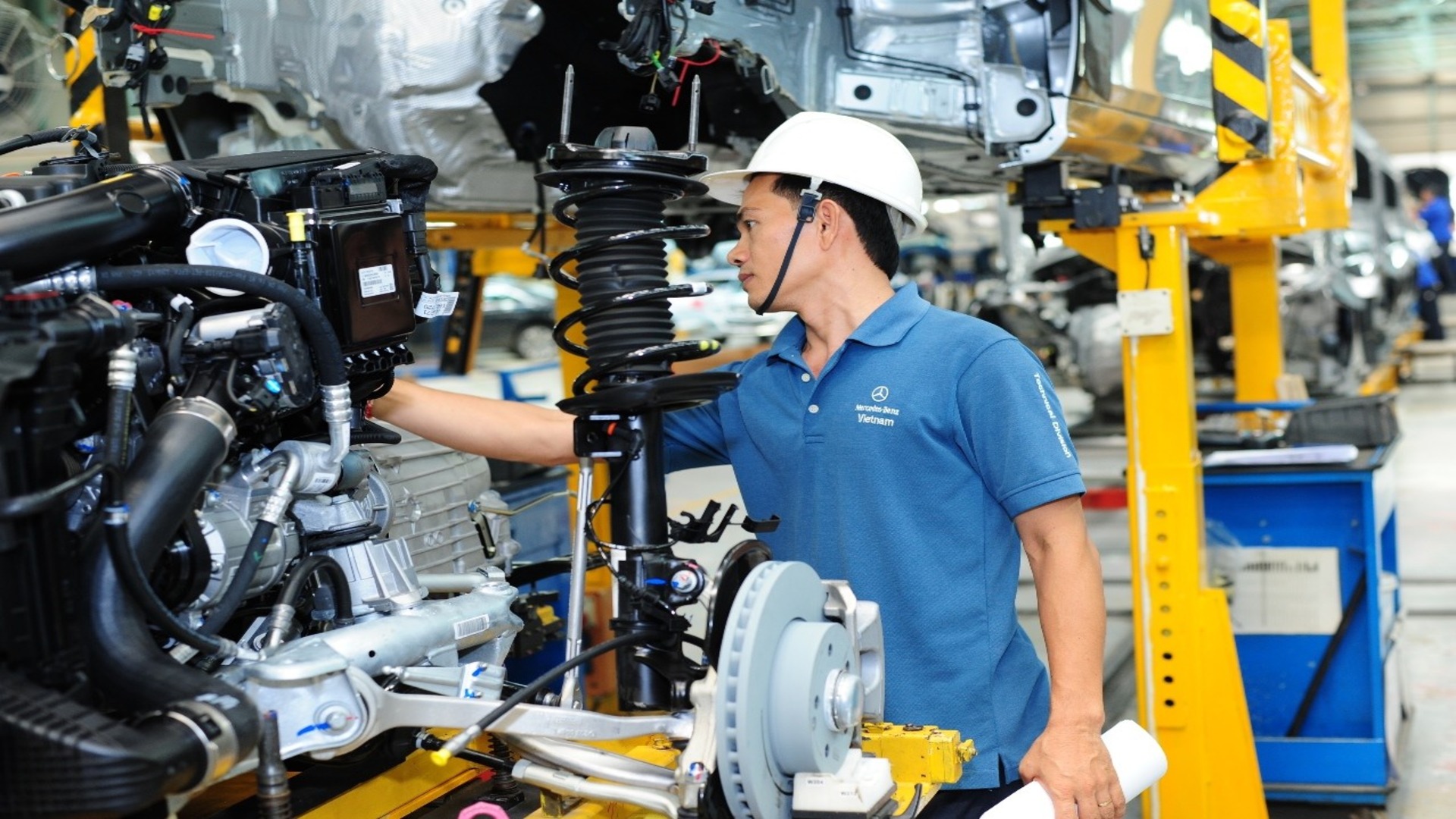Vietnam’s automotive industry has seen remarkable growth, thanks to its strategic implementation of local content rules that prioritize domestically produced auto parts. By requiring automakers to source a significant percentage of components locally, Vietnam has not only boosted its auto parts manufacturing sector but also created thousands of jobs and attracted billions in investments. In 2022, Vietnam’s auto parts industry contributed over $5 billion to its economy, with local content accounting for 40-50% of total vehicle production. This success story offers valuable lessons for the Philippines, where the auto parts manufacturing industry has been struggling to compete globally.
The Philippine Parts Maker Association (PPMA), under the leadership of President Ferdi Raquelsantos, has been advocating for similar measures to revitalize the local auto parts sector. “Vietnam’s local content policy is a game-changer. It has transformed their auto industry into a regional powerhouse, and we can achieve the same here in the Philippines,” Raquelsantos said. “By implementing a robust local content rule, we can create a sustainable ecosystem for our parts manufacturers, generate employment, and reduce our reliance on imports.”
Currently, the Philippines’ auto parts industry contributes only $1.2 billion annually, with local content in vehicle production hovering at a mere 20%. This is a stark contrast to Vietnam’s thriving sector. Raquelsantos emphasized that with the right policies, the Philippines could double its auto parts output within five years. “We have the talent, the technology, and the capability. What we need is a clear policy framework that incentivizes automakers to source locally and supports our manufacturers in meeting global standards,” he added.
The PPMA is urging the Department of Trade and Industry (DTI) to explore ways to replicate Vietnam’s success. One proposal from PPMA is to mandate a 30% local content requirement for vehicles assembled in the Philippines, coupled with tax incentives for automakers that comply. This move could attract an estimated $500 million in investments and create over 50,000 new jobs in the auto parts sector. Additionally, it would reduce the country’s annual auto parts import bill, which currently stands at $2.5 billion.
Vietnam’s success proves that with the right policies, a struggling auto parts industry can be transformed into a thriving economic driver. For the Philippines, the time to act is now. By adopting a local content rule and providing targeted support to manufacturers, the country can unlock the full potential of its auto parts sector, create jobs, and boost economic growth. As Raquelsantos aptly put it, “The road to success is clear. All we need is the will to take the first step.”



